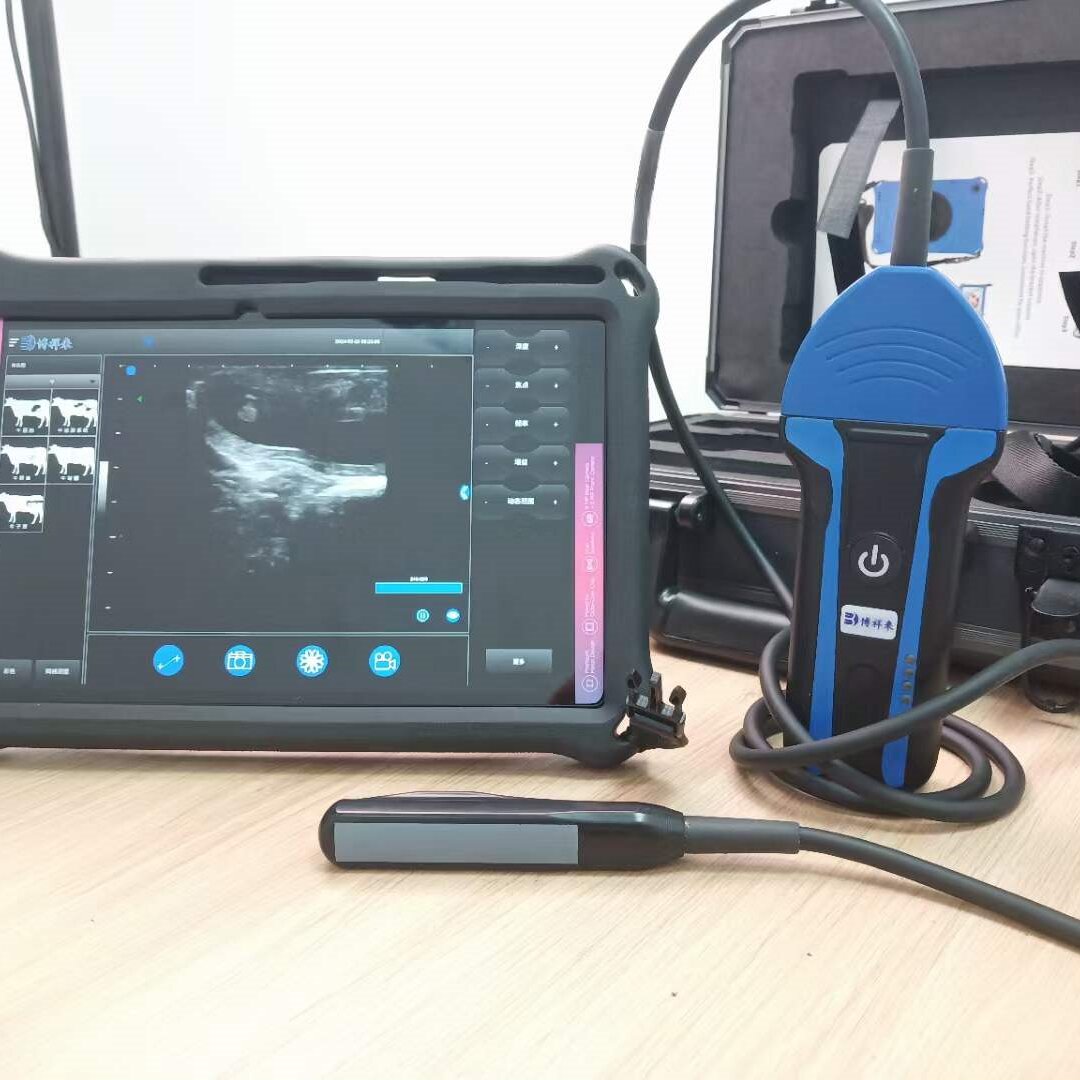Bovine ultrasound is a vital technology in veterinary medicine that provides real-time imaging of cattle’s internal structures. This non-invasive technique plays a significant role in reproductive management, health assessments, and overall herd productivity. In this article, we will delve into the importance of bovine ultrasound, its applications, benefits, and how it contributes to modern cattle management.

What is Bovine Ultrasound?
Bovine ultrasound is a diagnostic imaging tool that uses high-frequency sound waves to create detailed images of internal organs and structures in cattle. This technology allows veterinarians and cattle producers to assess reproductive health, detect pregnancies, and diagnose various medical conditions effectively.
Key Applications of Bovine Ultrasound
1. Pregnancy Detection
One of the primary uses of bovine ultrasound is early pregnancy detection. Veterinarians can confirm pregnancies as early as 28 days after breeding, allowing producers to make informed decisions regarding feeding, veterinary care, and management practices.
2. Fetal Health Monitoring
Ultrasound allows for the assessment of fetal development and health. This capability is crucial for identifying potential complications and ensuring the well-being of both the cow and the calf.
3. Reproductive Health Assessment
Bovine ultrasound is invaluable for monitoring ovarian structures and reproductive tracts. It helps veterinarians evaluate the reproductive health of cows and heifers, guiding effective breeding programs and improving reproductive performance.
4. Diagnosis of Health Issues
Ultrasound technology is also used to diagnose health problems in internal organs, such as the liver, kidneys, and reproductive organs. Early detection of health issues leads to timely interventions and better outcomes for the animals.
Benefits of Bovine Ultrasound
Non-invasive Procedure: Bovine ultrasound is a non-invasive and generally stress-free procedure for the animals, making it an ideal choice for routine health assessments.
Improved Accuracy: The real-time imaging capabilities of ultrasound provide accurate and detailed information, enabling veterinarians to make informed decisions.
Enhanced Reproductive Management: By accurately assessing reproductive health and pregnancy status, cattle producers can optimize breeding strategies and improve herd productivity.
Cost-Effectiveness: Early detection of issues can prevent costly medical treatments down the line, making bovine ultrasound a valuable investment for cattle producers.
How Does Bovine Ultrasound Work?
Bovine ultrasound machines utilize transducers that emit high-frequency sound waves. These waves travel through the animal’s body, reflecting off internal structures and producing echoes. The machine then converts these echoes into images displayed on a monitor, allowing veterinarians to interpret the data and assess the health of the cattle.
tags: Bovine Ultrasound


